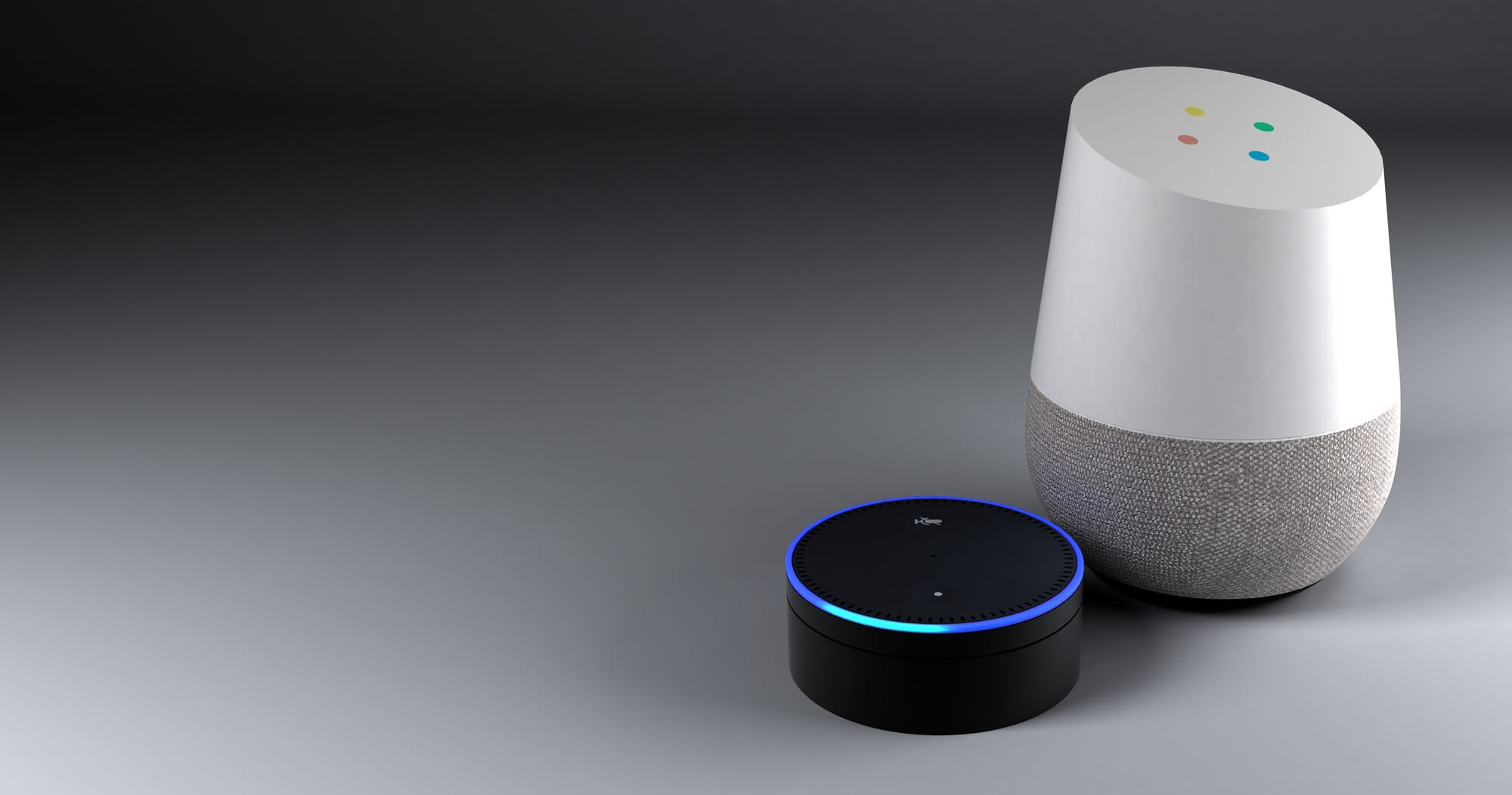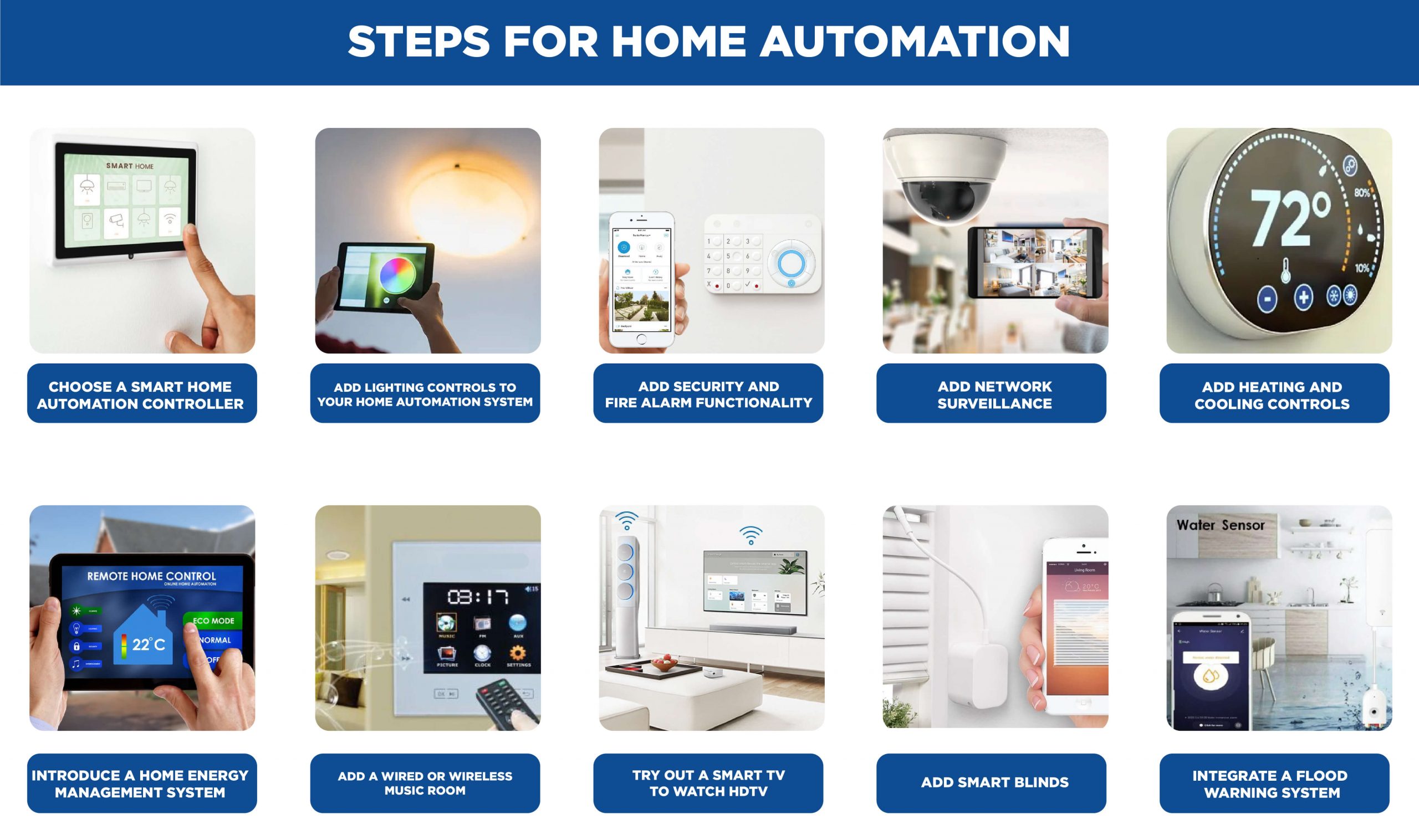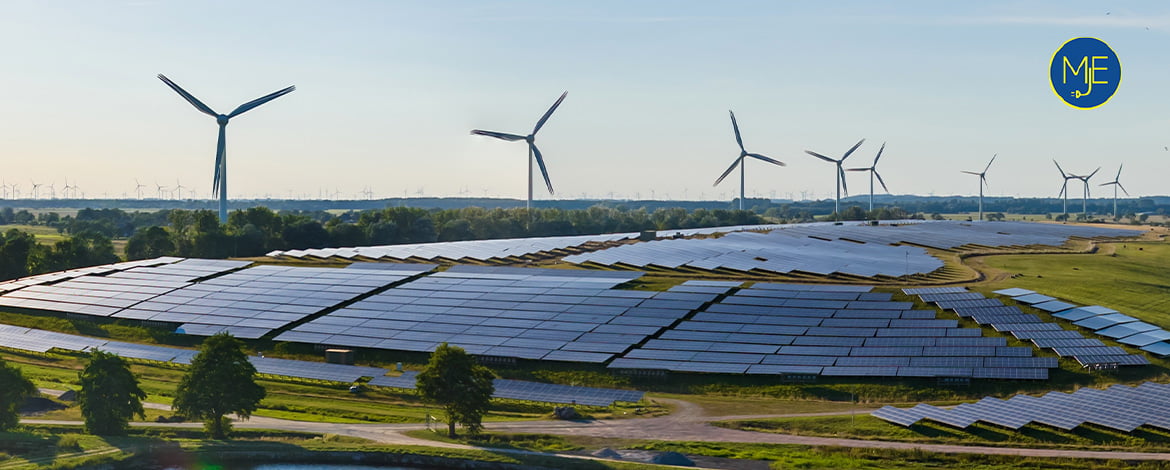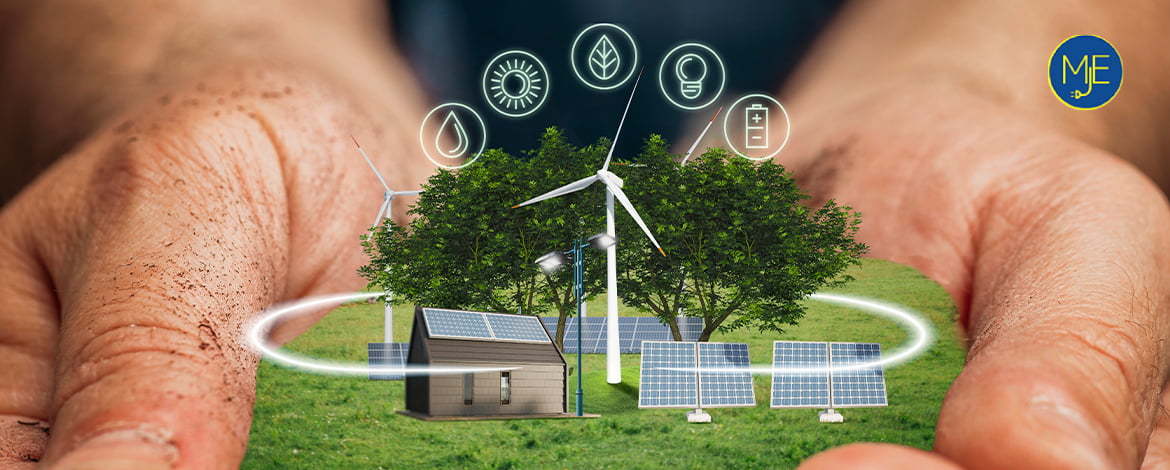Getting all the individual elements of your home working on your commands is no longer a dream come true. More importantly, with the advancement in technology, not just new features and functionalities are added every day but the costs have also begun to come down.
Before you get started, here are a few things for you to consider as you jump on the bandwagon for smart home automation.
What are the main requirements of home automation?
For your home automation to seamlessly work and serve you with the desired goals, it needs to have three basic elements.
These include a smart hub, a connected application and a smart device.
A smart hub
Think of a smart hub as the command centre of your home automation system. It’s the piece that connects individual devices and help them communicate with each other.
Connected mobile apps
A mobile app allows you to control and monitor your smart devices no matter where you are. These companion apps come with a variety of features and are available to download and connect with your hub so you can have more flexibility as you access your smart devices.
Smart devices
These are the workhorses behind your smart home automation, turning all your commands to action.
These are simple plug and play Wi-Fi enabled devices that respond to the commands you give them through the mobile app, such as ‘Alexa play a certain song for me’ or ‘Google, turn off the lights in the dining room’.
Besides these three main elements, needless to say that you would be requiring an internet connection, a modem and router to be able to connect all the elements and get them working together.
Which parts in your home need automation?
Anything that runs on electricity can be automated in a smart home. All you need to have is an end goal in mind as to what you want to achieve by automating a certain part of your home.
Smart lights
Wouldn’t it be nice if you could control when to turn on or off the lights of individual rooms in your home, at your own convenience and even remotely?
Smart lights allow you to do just that.
You can use sensors to turn on the lights in the hallways or staircase when someone enters or can dim the lights in the room to make sleep less disruptive.
Smart home security
Automatic door locks and smart security cameras are not something that’s not been heard of before.
For example, when you arrive at your home, sensors installed in your home automation system would detect that your mobile device is nearby and would open the door automatically.
This can in turn activate other connected features such as lights and heating or cooling.
On the other hand, a smart home security camera can send you live footage of the activity upon sensing a motion outside.
Automatic blinds
Opening and closing your blinds based on sensing the brightness and temperature of your room, can be really convenient and would even serve to conserve energy you have spent on maintaining a desired temperature.
Smart heating and cooling
Turning on the heating or cooling as you use a certain space of the house and turning if off or lower when no one is around can save you tons on your energy bills.
Besides these, smart TVs, smart speakers, smart plugs and vacuum cleaners all could be a part of your home automation system to make life easier.
Main tools and devices
The main tools and devices you would need for a smart home depend on the kind of automation you are looking to set up.
However, there are some common ones, for setting up the infrastructure.
- Video distribution network: RG-6 coaxial cable with F connectors, wall outlets, video distribution panel, satellite receiver.
- Audio distribution network: Amplifier or receiver, speakers, speaker cable, RCA audio patch cords, IR control network.
- Remote control network: Cabling, Wall mounted sensors, A/V control system, IR emitters.
- Telephone network: UTP cabling, wall outlets, telephone patch cords, telephone patch panel, key service unit.
- Computer LAN: UTP cabling, patch cords, home router, wireless LAN access point, cable modem.
Setting up Electrical infrastructure

To set up an electrical infrastructure for your home automation, you need someone with expert level knowledge of electrical engineering, hardware devices and software application.
Using the tools and devices needed for a certain home automation feature you want to add to your lifestyle, your electrician will wire your home accordingly and connect all the related devices and gadgets with the Wi-Fi to get you started.
Cost of home automation
The cost of home automation depends mainly on how far you want to go as you turn your regular home into a smart home.
Based on the level of automation, simple intermediate or advanced you can watch the prices begin from a mere $100 to $5000 or above.
Simple home automation: If you are just automating lighting controls in your home, it may come as cheap as a couple of hundred dollars to add smart switches and a smart speaker from Google or Amazon to get the lights working on your command, remotely.
Intermediate home automation: This could range anywhere between $500 to $1000 and could do a bit more than just turning lights on or off. You could add a network connected to your Wi-Fi and give commands like dimming the lights, turning the speakers on or controlling heating and cooling of your home.
Advanced home automation: If you have a bigger budget and are ready go all in with home automation, it could cost you $5000 or more to get some cool features like getting Google to suggest recipes based on the expiry date of the food in your fridge, telling Alexa if you are feeling cold or if its hot inside and it will set the right temperature of the room and so on.
Step by step for home automation

Depending upon whether you are choosing to do a simple automation, an intermediate one or an advance level, it will require several steps to set it up and get if working for you.
Step 1: Choose a smart home automation controller. These comes in many varieties including remote controls, wired controllers or touch screen controllers.
Step 2: Add lighting controls to your home automation system. This could be done by retrofitting light switches with wireless switches and dimmers.
Step 3: Add security and fire alarm functionality. From motion detectors to smoke detectors and window contacts, you can add sensors that when activated send signals on your phone instantly.
Step 4: Add network surveillance using a smart camera connected to your home control system. It will give you live footage wherever you are.
Step 5: Add heating and cooling controls using a programmable thermostat wirelessly or using a cable.
Step 6: Introduce a home energy management system to keep an eye on consumption patterns and save more.
Step 7: Add a wired or wireless music room comprised of multi-room audio system to play your favourite songs
Step 8: Try out a smart TV to watch HDTV movies and shows accessible from different rooms of your home. You will need HDMI switch, splitter and matrix along with a Wi-Fi connection.
Step 9: Add smart blinds, that will require a motor with integrated controller to function upon your commands.
Step 10: Integrate a flood warning system to your home automation that will detect water flooding and will send an alert to your smartphone.
Wrapping up
Smart home automation features are really cool and more and more new products and functionalities are being added every day.
If you think this is the way forward for your home and lifestyle, then go with one feature at a time, get a hang of things and add more as you get comfortable using it.





